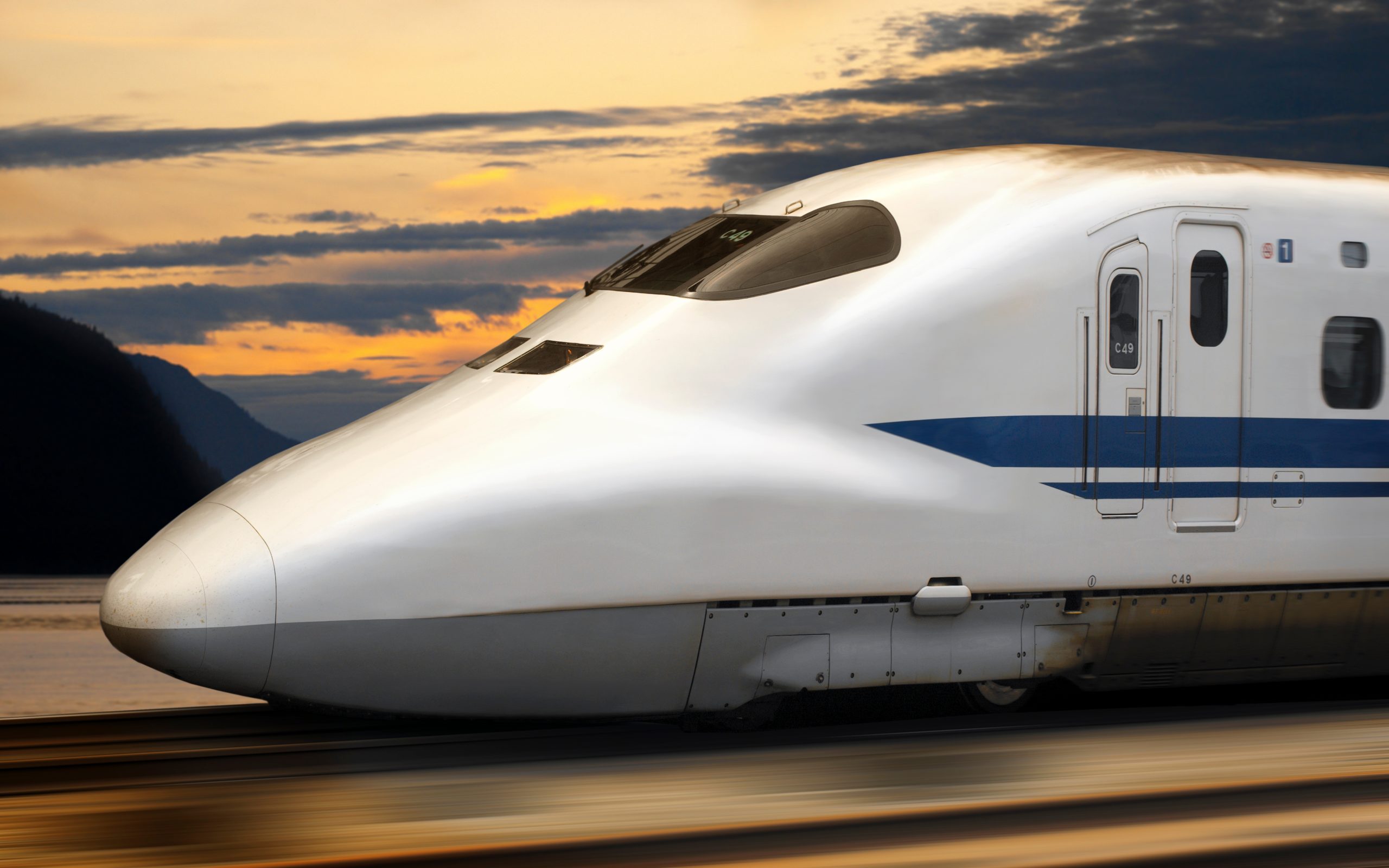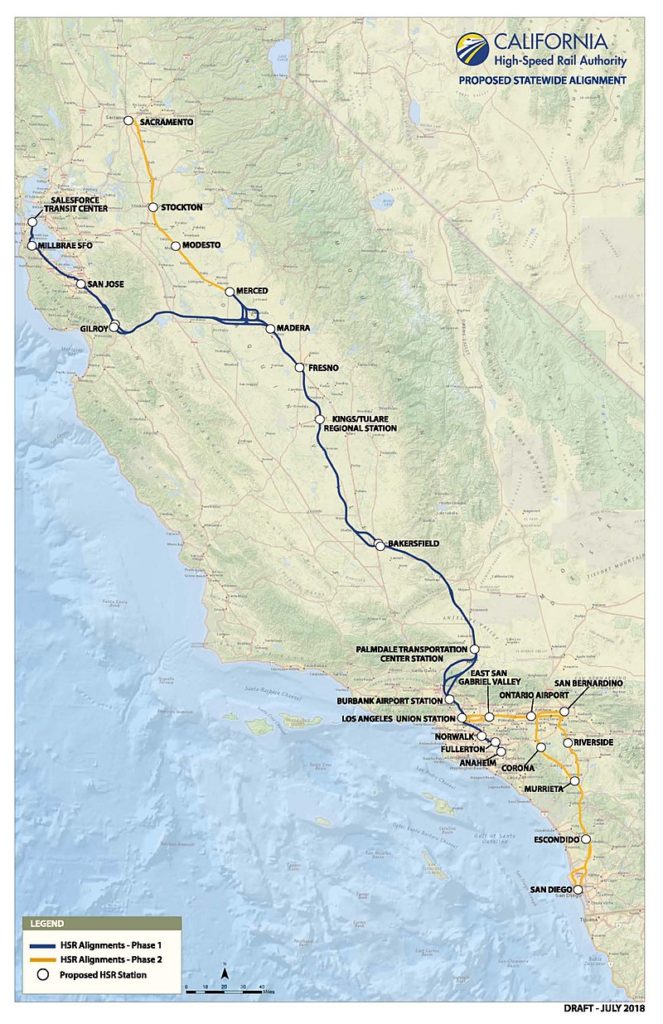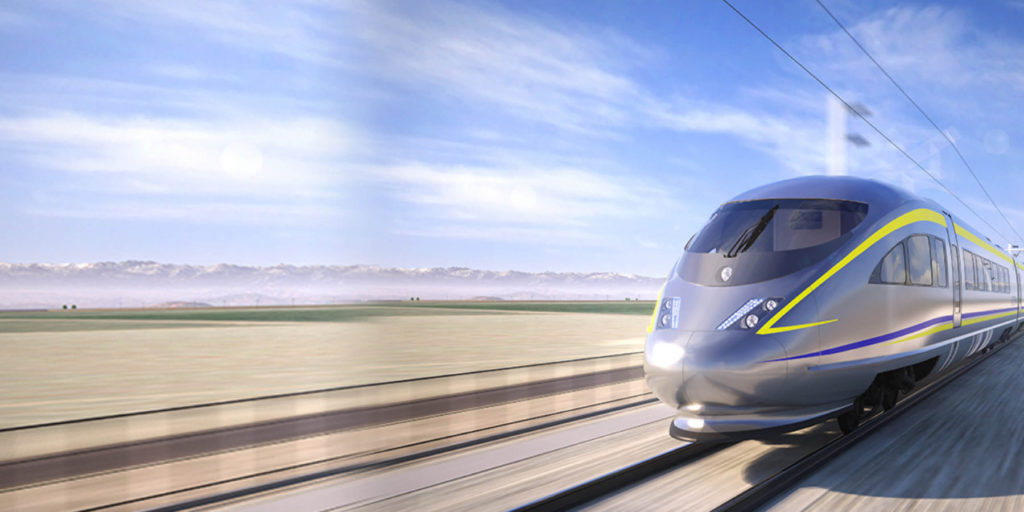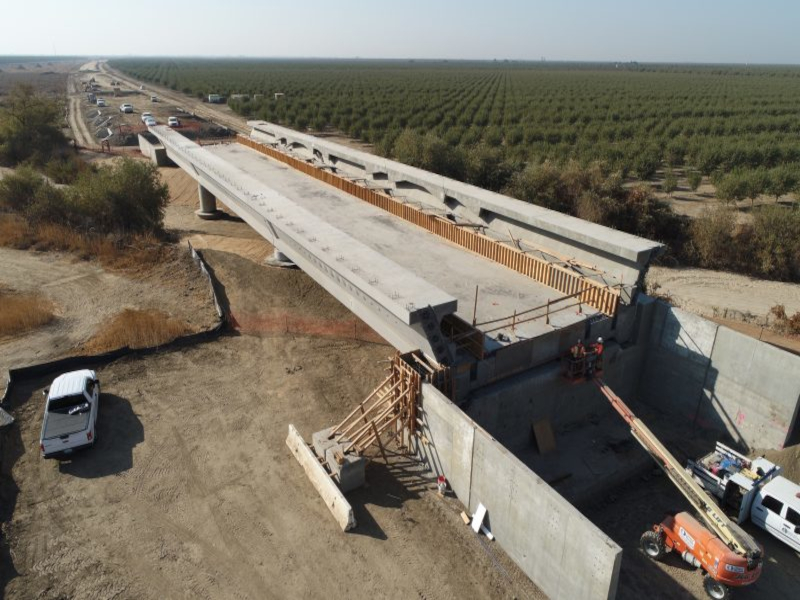Though it’s been under construction since 2015, California’s high speed rail still seems like an outrageous fantasy. If you somehow missed it, California’s bullet train aims to connect San Francisco to Anaheim and then, eventually, San Diego. It’s a plan every bit as ambitious as it is costly. With the bullet train hitting speeds of up to 220mph with uninterrupted travel, the rewards would be numerous. But you know what they say about “the best laid plans of mice and men.” Drawn out and costly land disputes have resulted in lawsuits and delays. Even as the price tag climbs and the deadline gets pushed back, construction lurches forward. But understandable impatience and frustrations have left some Californians speculating whether California’s high speed rail could have been better strategized.
Update:
On Monday, October 30, 2023, it was announced that the plans for the Los Angeles to Anaheim connection would be undergoing some finetuning. Now, instead of sharing and orchestrating two tracks, an additional two tracks will be constructed. This will allow for a more efficient transit system with fewer delays.
Phase II of California’s High Speed Rail Project
A video recently published to YouTube under the title Imaginary Lines examines whether it would have been better to build the Los Angeles to San Diego wing first. A San Diego stop was always part of the plan for the California high speed rail. However, as part of the project’s “Phase II”, it has no solid deadline. In addition to extending from the Los Angeles station to San Diego, Phase II would also add an extension from Merced to Sacramento. Construction on Phase II is not planned to begin until Phase I is completed, including the electrification of existing corridors.
Why Start with the San Diego Line?
According to the video, beginning construction with the San Diego extension would have more easily provided a solid proof of concept. This could have given the project the power of popularity to power through the inevitable numerous land disputes. Beyond that, the video argues that the San Diego line could be more immediately useful to the average Southern Californian. California’s southern region boasts many of the state’s most densely populated counties.
Skyrocketing Costs and Extreme Delays
Workers have completed a little over 20% of the planned 520-mile Phase I construction, but have laid none of the track. Officials announced California’s high speed rail in 2008 with a projected 33-billion dollar price tag and a 2028 deadline. Today, that estimate has ballooned to 105-billion dollars. The Silicon Valley to Central Valley line is projected to be operational by 2029 with service to Los Angeles and Anaheim opening in 2033. Delays and price fluctuations are to be expected, but to this degree? What happened?
The Obstacles in the Way of California’s Bullet Train
As we mentioned, there have been a lot of lawsuits over land acquisition. But we must also consider that dozens of expensive consulting firms are working on this project. Engineers had to reroute portions of the track in the Bakersfield area following noise concerns. Finally, projections show the oil industry losing billions of dollars once the line becomes fully operational. If current gas prices are anything to go by, nothing stands between the oil industry and its profits. Parties have already made efforts to prevent the electrification of corridors in favor of oil reliance. All of these factors contribute to the astounding delays plaguing California’s bullet train project.
But We Already Have High Speed Rail at Home
Aid may be on the way, even if it doesn’t directly benefit California’s high speed rail. The federal government’s passing of 1.2-trillion dollars for infrastructure across the country could expedite electrification of existing train corridors. Renovation of the country’s current freight rail corridors has already reserved 66-billion dollars of these federal funds. Renovations to the current tracks between San Diego and Los Angeles would cost an estimated 800-million dollars.
Potential Benefits of Local High Speed Rail Transport
Imaginary Lines breaks down the potential benefits of a fully functioning line running from Los Angeles to San Diego. Southern California’s dependence on gas-powered automobiles led to a law requiring new residential and commercial developments to provide ample parking accommodations. The high costs of providing parking are worked into rental agreements, contributing to skyrocketing rents. The introduction of reliable public transportation would relax the demand for individually owned automobiles. In turn, this could create more flexibility with rent.
Starting with the San Diego Line Wouldn’t Have Been Easy
But no one is under the impression that renovations and expansions of a line running from Los Angeles to San Diego would be easy. Many of the state’s most vehement opponents to the bullet train live in Southern California. Have an inordinate amount of land disputes hindered construction in the Central Valley? You bet. But the Southern California opponents have the wealth to really dig in for a lengthy battle.
Additional Alternatives to the Current Plan
Some Californians have questioned why we’re getting a rail to San Francisco instead of Las Vegas. While a Las Vegas line is in the planning stages, California won’t be footing the bill. With people primarily using such a bullet train to spend money from California in Nevada, it just wouldn’t make fiscal sense for California to spend its tax dollars on such a project. However, private passenger rail company Brightline could begin construction on the line as early as 2023. Others have posited lines extending to Palm Springs or even beyond to Phoenix. But the need for a line to Palm Springs just doesn’t have the same urgency. And a line into Phoenix runs into the same issue of California tax dollars going to a project that should fall under federal jurisdiction.
For now, the future is still in California’s high speed rail connecting Anaheim to San Francisco. But every few months, it seems the future gets further away rather than closer. Will we ever see a reliable bullet train connecting Los Angeles to San Diego? Right now, even San Francisco seems so far away. But though construction seems to crawl while costs seem to snowball, nothing has ever come to a complete stop.





